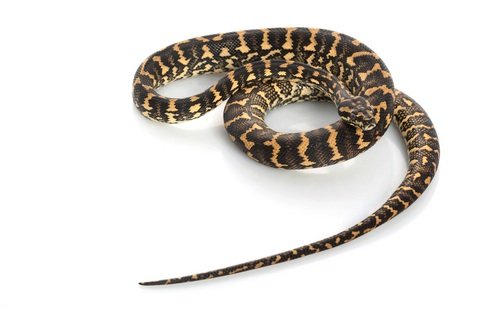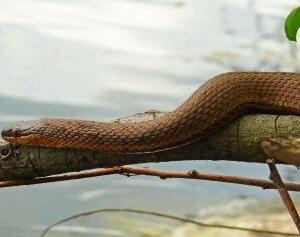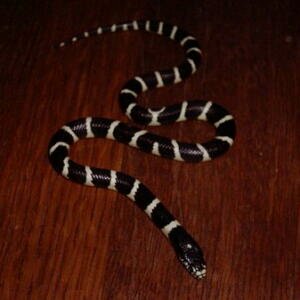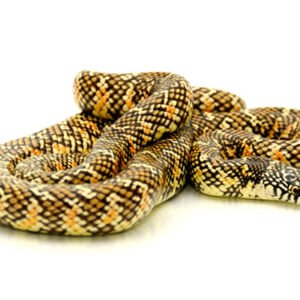Introduction to Coastal Carpet Pythons
The Coastal Carpet Python, known scientifically as Morelia spilota mcdowelli, is a fascinating species native primarily to the eastern coast of Australia. This non-venomous constrictor is a subspecies of the carpet python and is renowned for its striking appearance and adaptability. The habitat of Coastal Carpet Pythons typically consists of coastal rainforests, open woodlands, and even suburban areas, showcasing their remarkable ability to thrive in varying environments.
One of the defining characteristics of the Coastal Carpet Python is its unique color pattern, which features a combination of gold, yellow, and black or dark brown markings. These striking colors not only serve as camouflage within their natural habitat but also contribute to their popularity among reptile enthusiasts and breeders. Adult Coastal Carpet Pythons can reach impressive sizes, generally ranging from 6 to 10 feet in length, although some individuals may grow even larger. Their robust body structure allows them to constrict and overpower prey effectively.
In terms of behavior, Coastal Carpet Pythons are primarily nocturnal, becoming active during the night when they hunt for food. Their diet mainly consists of small mammals and birds, which they capture using agile movements and powerful constricting techniques. Despite their predatory nature, they exhibit a calm demeanor when handled, displaying a lesser degree of aggression compared to other python species. Their adaptability to human presence also allows them to inhabit suburban areas, where they can be observed basking in trees or searching for prey.
Overall, the Coastal Carpet Python embodies a blend of beauty and resilience, making it a captivating subject for herpetologists and enthusiasts alike. Understanding the essential aspects of its classification, habitat, and behavior provides a solid foundation for further studies or potential ownership of this remarkable reptile.
Care and Maintenance of Coastal Carpet Pythons in Captivity
Owning a Coastal Carpet Python requires careful consideration of its specific care needs to ensure a healthy and thriving pet. The first step is establishing an appropriate terrarium, which should ideally be at least 4 feet long for an adult snake. Enclosure setups that mimic their natural habitat will aid in the python’s comfort and well-being. Using a substrate that retains humidity, such as coconut husk or aspen shavings, can help maintain the necessary moisture levels within the terrarium.
Temperature control is crucial for these reptiles. A gradient setup is recommended, with a warm basking area maintained at 85-90°F and a cooler side kept at 75-80°F. This temperature regulation allows the python to thermoregulate effectively. Additionally, maintaining humidity levels between 50-60% is essential. Regular misting or using a humidity gauge can assist in achieving the correct conditions, which are vital for the snake’s skin health and metabolic functions.
Feeding practices are another essential aspect of Coastal Carpet Python care. These snakes thrive on a diet of appropriately sized rodents, such as mice or rats, which should be fed every 1-2 weeks depending on the snake’s age and size. It is recommended to use frozen/thawed prey to minimize the risk of injury during feeding. When considering feeding frequency, younger snakes require more frequent feedings than adults, aligning with their growth needs.
Handling your Coastal Carpet Python should be done with care, particularly during the initial adjustment period. Gradual acclimatization to human interaction will help establish trust. It is also important to monitor for signs of illness, such as lethargy or a change in appetite, which can indicate health concerns. Providing environmental enrichment, such as branches and hiding spots, plays a vital role in stimulating their natural behaviors, enhancing the overall quality of life for your Coastal Carpet Python.





